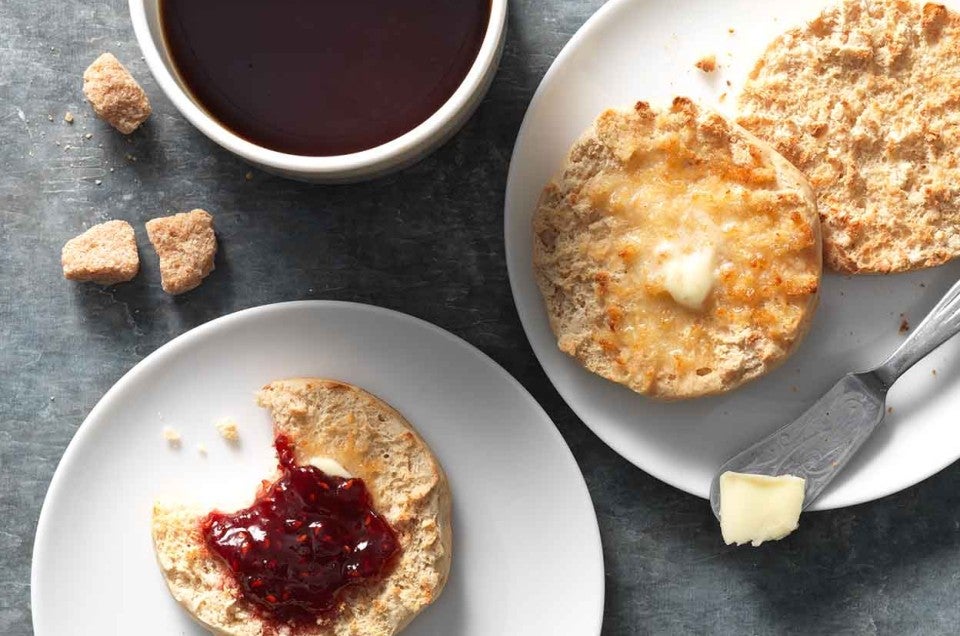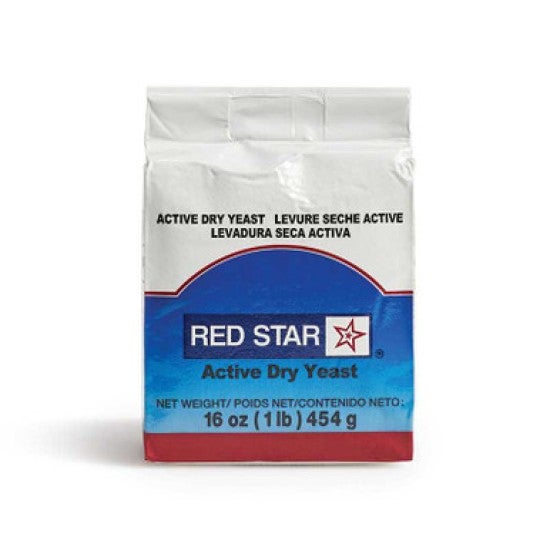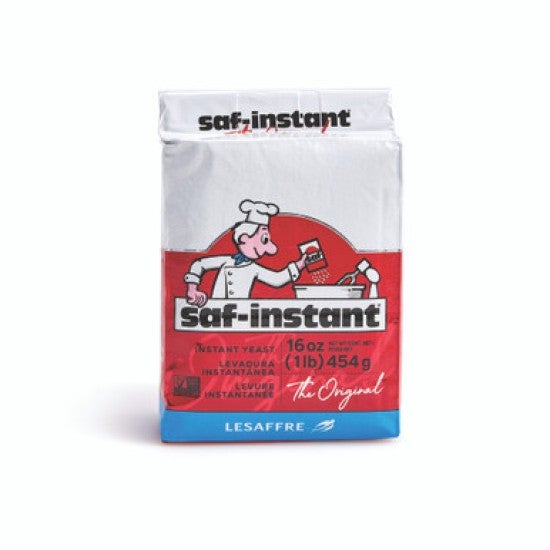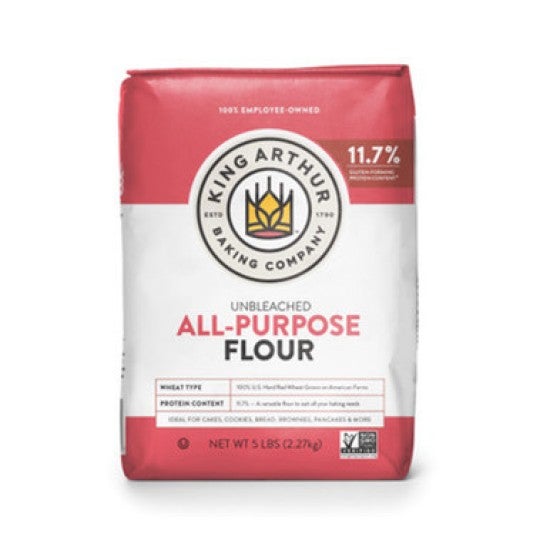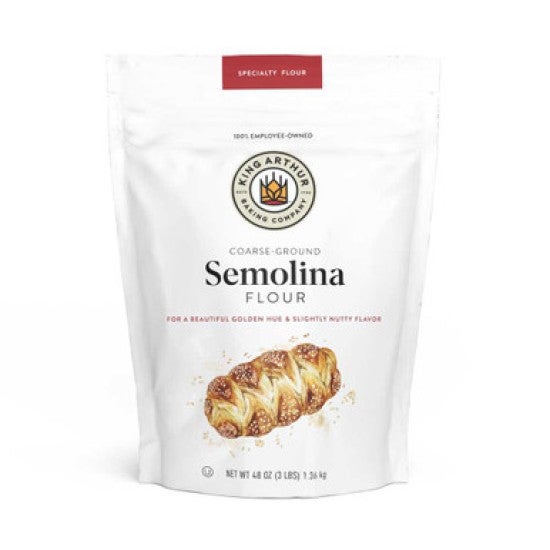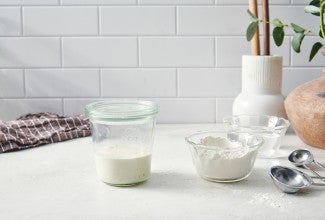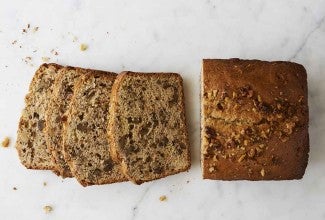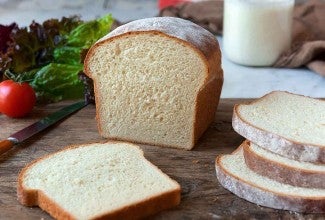-
Weigh your flour; or measure it by gently spooning it into a cup, then sweeping off any excess. Combine all of the dough ingredients, except the cornmeal/semolina, in a large bowl.
-
Mix and knead — by hand, electric mixer, or bread machine — to form a smooth dough. The dough should be soft and elastic, but not particularly sticky; add additional flour if necessary.
-
Place the dough in a lightly greased bowl, cover, and set it aside to rise for about 1 1/2 hours, or until it's noticeably puffy. For most pronounced sour flavor, cover the bowl, and immediately place it in the refrigerator (without rising first). Let the dough chill for 24 hours; this will develop its flavor.
-
Gently deflate the dough, turn it out onto a lightly floured work surface, cover it, and let it sit for a few minutes, to relax the gluten. Divide the dough in half. Working with one piece at a time, roll 1/2" thick, and cut in 3" rounds. Re-roll and cut any remaining scraps. Repeat with the remaining half of dough.
-
Alternatively, divide the dough into 24 pieces (total). Shape each piece into a round ball, then flatten each ball into a 3" round. For a somewhat more even rise as the muffins cook, flatten each ball slightly larger than 3", and trim edges with a 3" cutter (or trim all around the edge with a pair of scissors). Muffins with cut (rather than flattened) sides will rise more evenly.
-
Place the rounds, evenly spaced, onto cornmeal- or semolina-sprinkled baking sheets (12 per sheet). Sprinkle them with additional cornmeal or semolina, cover with plastic wrap, and let them rise until light and puffy, about 45 to 60 minutes. If the dough has been refrigerated overnight, the rise time will be about 2 hours.
-
Carefully transfer the rounds (as many as a time that will fit without crowding) right-side up to a large electric griddle preheated to 350°F, or to an ungreased frying pan that has been preheated over medium-low heat.
-
Cook the muffins for about 5 minutes on their first side; then lay a cake pan, cookie sheet, or similar flat (though not overly heavy) object atop them to help keep them flat. Continue cooking for about 7 minutes or so; then remove the pan, turn the muffins over, and finish cooking without the pan on top for a total of about 10 to 12 minutes or when the center of a muffin registers 190°F on a digital thermometer. If you're having trouble getting muffins to cook all the way through on the stovetop, cook until golden brown on both sides, then transfer to a preheated 350°F oven and bake until the muffins' interior shows no sign of wet dough, about 10 minutes or so.
-
Remove the muffins from the griddle, and cool on a rack before splitting in half. (Use a fork for maximum nooks and crannies.) Serve toasted or at room temperature.
-
Store leftover sourdough English muffins tightly wrapped at room temperature for 4 or 5 days; freeze for longer storage.
